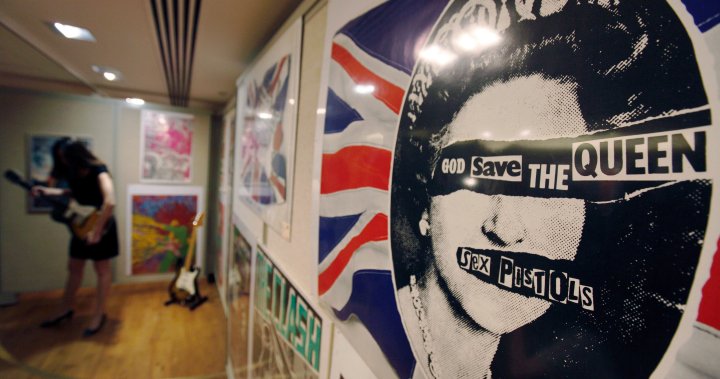
There is something very, very wrong with today’s music. It just may not be very good.
Global News
Something very strange is going on with the music that's coming out today. People aren't listening to it the way they used to. Is it because it just isn't any good?
On warm summer nights, the park across the street from my house is filled with people playing dribbling soccer balls, playing volleyball, or engaging in aggressive games of Spikeball.
Nearly all of them will have music playing through Bluetooth speakers, usually from the Spotify Top 100. And if I’m honest, none of this music is any good. All I hear is mumbled lyrics tunelessly rendered (well, except for the overuse of Auto-Tune) and beats so quantized that they could be substituted for an atomic clock.
I just re-read that last sentence. Harsh stuff from someone who doesn’t understand the music of today’s yoof? Or am I scratching the surface of a problem facing the recorded music industry?
Consider the following:
Older music is certainly having a moment this summer and much of this interest is not being driven by nostalgic oldsters but by the same kids playing Spikeball across the street.
Luminate, the company that monitors music consumption for the record industry, noted in its mid-year report that “current” music (identified by the industry as material being less than 18 months old) isn’t just losing market share. It’s becoming statistically less popular among all demographic groups. Looking at the United States, the metric known as “Total Album Consumption” of “current music fell by 1.4 per cent in the first half of 2022 compared to a year ago. Meanwhile, “Catalogue” music — material more than 18 months old — is up by 14 per cent.
We can go even deeper. The market share of “Catalogue” music in America is 72 per cent so far this year with “Current” music sitting at 27.6 per cent. That’s a market share decline of three per cent.
To put it another way, “Current” music is becoming progressively less popular when measured by the number of streams and sales. Whatever is being released today just isn’t resonating with the public the way it did in the past. People are showing a growing interest in listening to older music instead.
